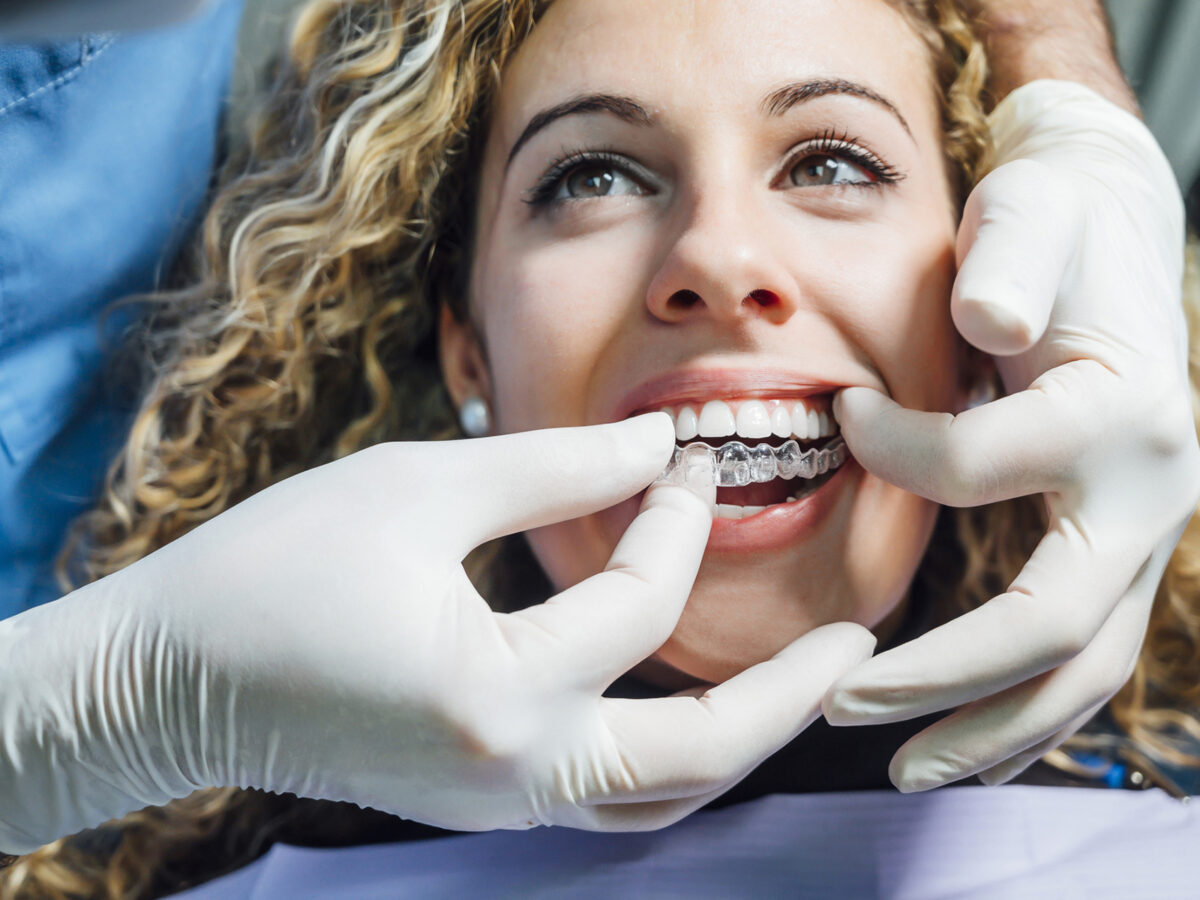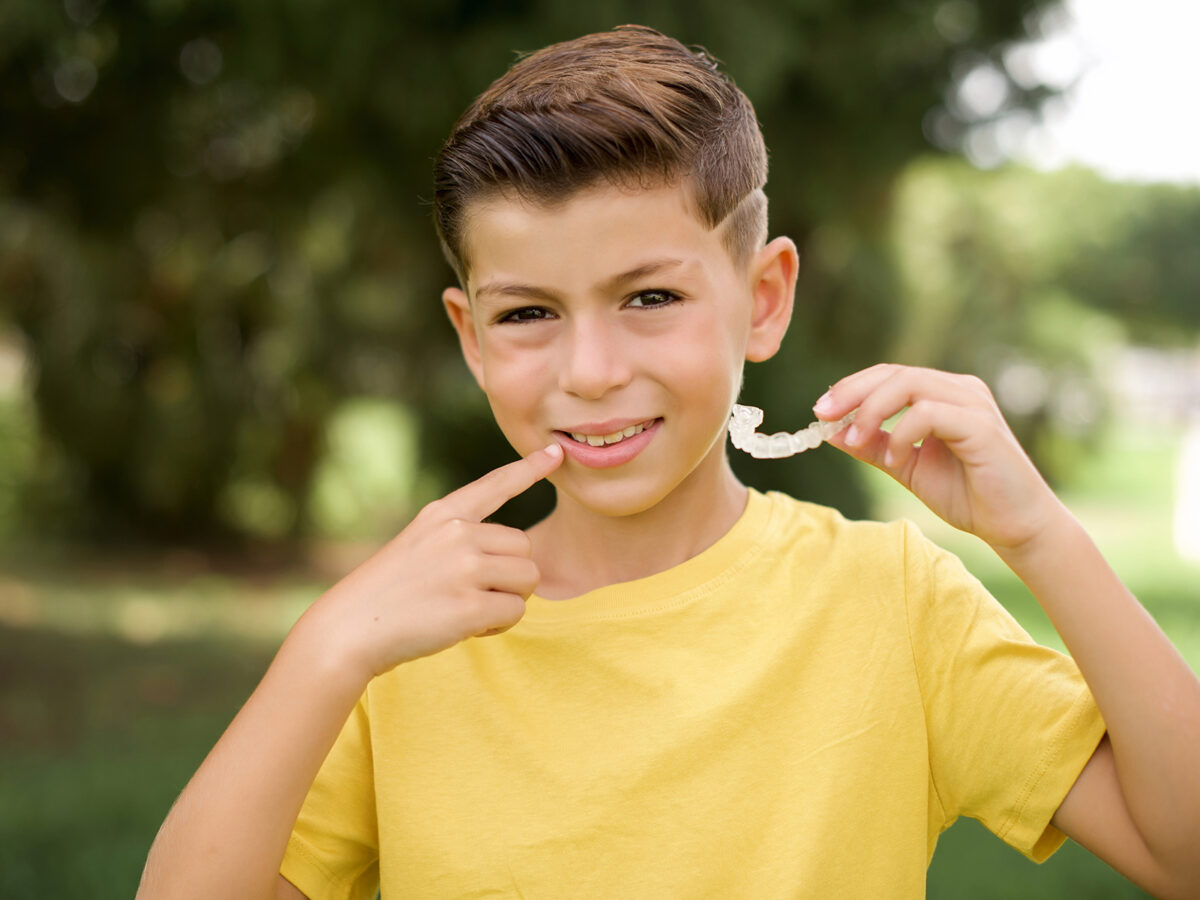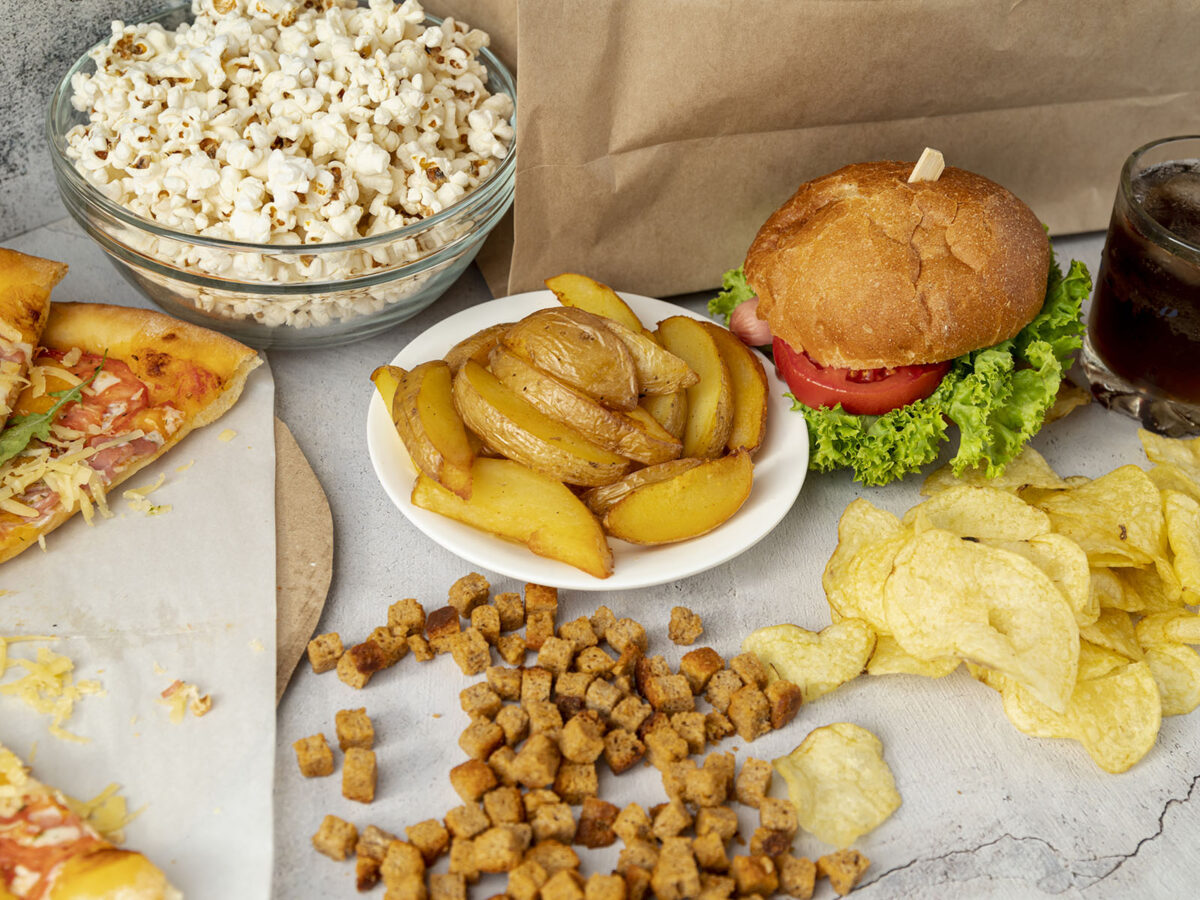When you want to get straight teeth and a stunning smile, you have many options available now to have all of that. Earlier, you only had the option of wearing traditional braces, which came with a list of foods you could not eat during the treatment period. But this restriction is no longer applicable with the arrival of clear braces or Invisalign. Since you can remove these plastic trays as and when you want, there is absolutely nothing you can not eat during your Invisalign treatment.
Invisalign has made it extremely comfortable and convenient for people to get perfectly aligned teeth without having to look funny with the metallic brackets jutting out. But there are a few do’s and don’ts that one must follow while wearing these invisible aligners so that you are on track in your journey towards straight teeth.
In this article, you will find two lists, one telling you what dentists recommend while on Invisalign treatment, and the other one will tell you what you should avoid when you are aligning your teeth with clear aligners.
Things One Should Avoid During Invisalign Treatment
Invisalign works for most teeth alignment issues, such as crooked teeth, gapped teeth, etc. But you must wear the aligners for a minimum of twenty-two hours to achieve the desired result in the stipulated time. If you wish to have a dazzling smile as soon as possible with the clear aligners, avoid doing the following things:
- Do not leave your aligner out for long – You must remove your aligners when you eat anything but put them back immediately after you have finished eating. The aligners are less effective if you do not wear them as per the recommended hours. If you feel you might forget to wear your trays, put an alarm on your phone to remind you to wear Invisalign.
- Do not leave the trays out in the open – When you take out your aligners, store them in their case, as leaving them in the air exposes them to various airborne pathogens, which can build up bacteria in your aligners. You are also likely to damage or lose your trays if not securely placed in the case. If you have left your Invisalign out for a long time, you should soak and rinse it when you wear them back.
- Do not use toothpaste or other harsh materials to clean your trays – Any material with strong colors or scent is abrasive and can damage your aligners. It will also leave some residue on your Invisalign that could lead to discoloration in the long run. Another disadvantage of using soaps or toothpaste is the unpleasant taste it might give your trays.
- Do not dirty your aligners – Your aligners must be clean at all times, and you can only drink water with your trays on. For eating or drinking anything other than water, you must remove your aligners first, and when you put them back, make sure you brush your teeth and rinse your aligners with an appropriate cleaning solution. This will prevent staining of your aligners and any chances of plaque or bacteria buildup. If your aligners are not clean, you might end up with cavities.
- Do not expose them to heat and air – If you drink any hot beverage or clean your aligners with hot water, or even leave them inside a hot car, your aligners can warp. This will harm your progress as warping will make the aligners ill-fitted. So do not expose your aligners to any kind of extreme heat, and for rinsing, always use lukewarm water. When you want to drink hot beverages, take your aligners out,
- Do not jump ahead to the next tray in case you lose your current aligners – If you lose your aligners, you must contact your dentist, who will instruct you on how to proceed. If you move to the next set of trays earlier than scheduled, it could cause tooth shrinkage or resorption. This could lead to unstable teeth, which can eventually fall off. Since each set of trays is pre-programmed to achieve a specific amount of tooth movement and plays a critical role in your overall results, you must stick to the prescribed plan without jumping to the next set.
- Avoid smoking – Since Invisalign requires you to wear them for twenty to twenty-two hours, you can find enough time only to eat and drink. Hence, a bad habit of smoking can not find a place during your Invisalign treatment period. If you think you can smoke with aligners on, remember that smoking would quickly discolor your trays due to the presence of nicotine in them.
Some Of The Things You Must Do While Wearing Invisalign
Now that we have seen things to avoid during your clear aligners are on, let us also learn about some do’s when you are on this treatment:
- Wear them for twenty to twenty-two hours – You will get desired results in the required timeframe only if you wear your aligners for twenty to twenty-two hours. If you fail to do so, your treatment might prolong, and in the worst case, your next aligner might not fit you, and you might have to get a new set made.
- Clean your aligners daily – Since Invisalign is removable, it is easy to clean them. Use a soft-bristled brush and lukewarm water along with any cleaning solution which is specifically suited for these plastic trays to clean them. You must clean them in the morning and also before going to bed. During meals rinsing the aligners should be good enough.
- Brush your teeth after any meal and before you put your aligners back – Your aligners fit on your teeth snugly, and if there is any food or debris on your teeth, your aligners can catch them. Since the saliva does not flow freely while aligners are on your teeth, the food would sit on them and can lead to tooth decay. Brush or, at the minimum, rinse your mouth after you eat anything and before you wear your aligners.
Invisalign is a revolutionary treatment for fixing crooked and gapped teeth; wearing aligners comes with a set of rules, and you could get great results if you follow the dos and don’ts outlined in this article.



